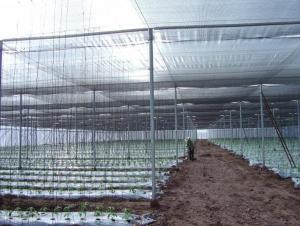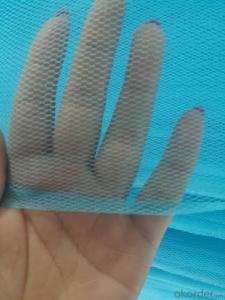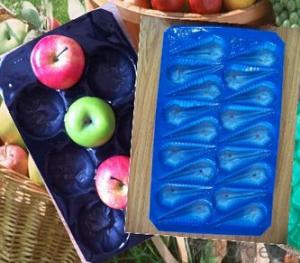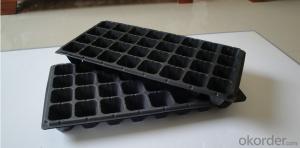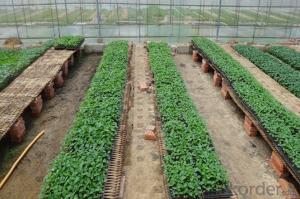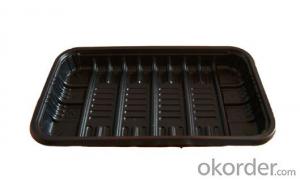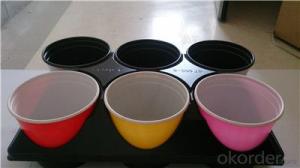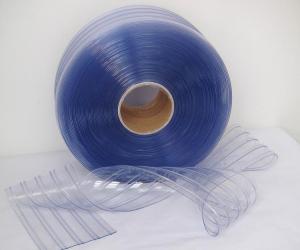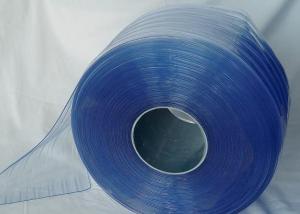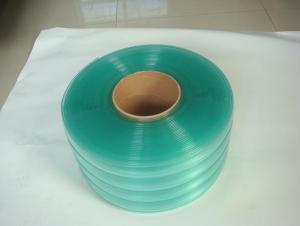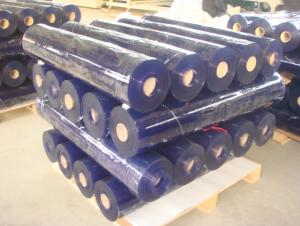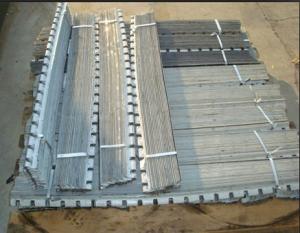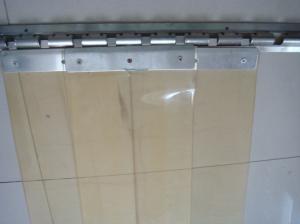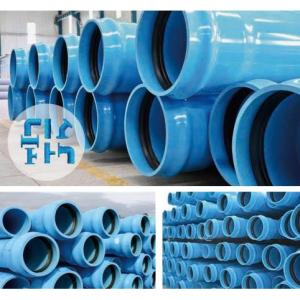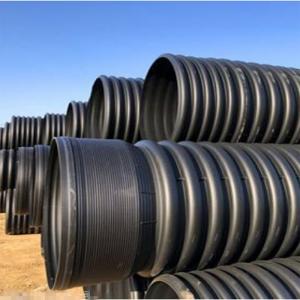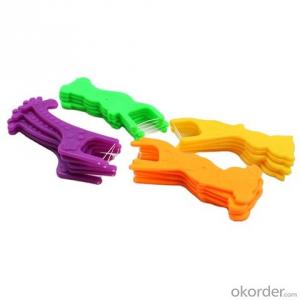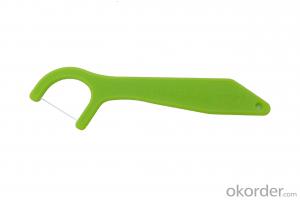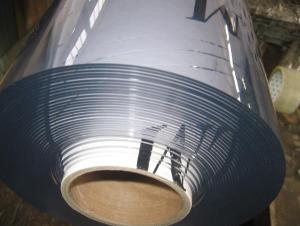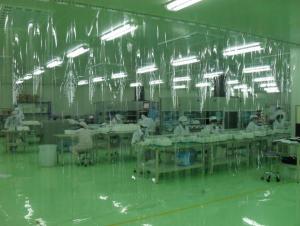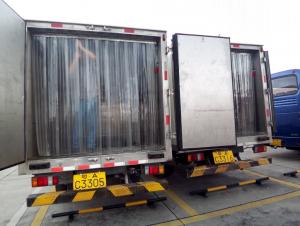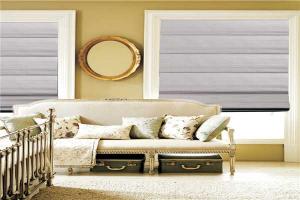Welding PVC Strip Curtains in Dark Green Colors
- Loading Port:
- Tianjin
- Payment Terms:
- TT or L/C
- Min Order Qty:
- 50 Rolls roll
- Supply Capability:
- 15 Containers Per Month roll/month
OKorder Service Pledge
OKorder Financial Service
You Might Also Like
Specifications of Welding PVC Strip Curtains
Application tempt range: -15℃to 50℃
Thickness range from 1.5mm to 6mm
Width range from 150mm to 400mm
Standard Sizes
2mmX200mmX50m; 2mmX300mmX50m;
3mmX200mmX50m; 3mmX300mmX50m;3mmX400mmX50m
4mmX300mmX50m; 4mmX400mmX50m
Applications of Welding PVC Strip Curtains
The Welding PVC strip curtain used in workplaces where both bystanders and the welder must be protected against the harmful radiation emitted during welding work.
Welding PVC strip curtain is extremely durable and will stand up to heavy use including a long period of concentrated sparks/splatter.
Welding PVC strip curtain can be used to replace existing welding screens in mobile frames, hung as a sliding partition or used as a durable and solid barrier where access is not required.
Package& Delivery of Welding PVC Strip Curtains
Wooden pallet,shirnk film according to custom requires.
Colors of Welding PVC Strip Curtains
Dark green,red,black
Data sheet of Welding PVC Strip Curtains
Performance Text | Standard Clear Formula | Cold Formula | Super Polar Curtain | Unit |
Softness A Hardness | 75+-5 | 65+-5 | 65+-5 | / |
Brittle Point | Approx -35 | Approx -45 | Approx -45 | Degress C |
Falling Ball Test | -20 No Break | -40 No Break | -50 No Break | Degress C |
Flexibility | -20 No Break | -40 Bo Break | -50 No Break | Degress C |
Water Absorption | 0.20% | 0.20% | 0.20% | % |
Tensile Stress | 340 | 420 | 420 | % |
Rupture Resistance | >5 | >2 | >2 | N/mm |
Reaction to fire | Self-Extinguishing | Self-Extinguishing | Self-Extinguishing | 0 |
Flammability | Inflammable | Inflammable | Inflammable | 0 |
Airborne Insulation | ~35dB | ~35dB | ~35dB | 0 |
Light Transmission | >80 | >80 | >80 |
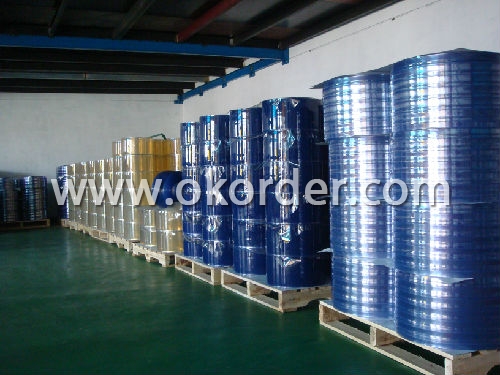
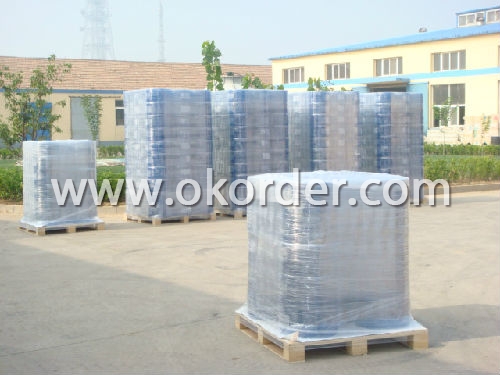
- Q:How does the use of plastic in home appliances impact the overall weight of the appliance?
- The use of plastic in home appliances generally reduces the overall weight of the appliance. Plastic is a lightweight material compared to other alternatives like metal or glass. By incorporating plastic components, manufacturers can make appliances lighter, more portable, and easier to handle.
- Q:Can plastic parts in home appliances be damaged by impact or dropping?
- Yes, plastic parts in home appliances can be damaged by impact or dropping. Plastic is relatively brittle and prone to cracking, chipping, or breaking under forceful impact. It is important to handle and transport home appliances with care to avoid any potential damage to their plastic components.
- Q:How do plastic home appliances compare in terms of energy consumption?
- Plastic home appliances vary in terms of energy consumption depending on their specific design, features, and efficiency. While plastic materials do not directly affect energy consumption, it is the internal components, technological advancements, and energy-saving features that determine the energy efficiency of these appliances. Therefore, it is important to look at the energy labels, ratings, and specifications provided by manufacturers to compare the energy consumption of plastic home appliances.
- Q:What are the considerations for using lightweight plastic in home appliances?
- There are several considerations when using lightweight plastic in home appliances. Firstly, the durability of the plastic is crucial to ensure that the appliance can withstand regular use and potential impacts. Additionally, the plastic must be heat resistant and able to withstand high temperatures without deforming or melting. The cost-effectiveness of the plastic is also important, as it should be a cost-efficient option compared to alternative materials. Lastly, the environmental impact of the plastic, including its recyclability and potential for waste reduction, should be taken into account to ensure sustainable manufacturing and disposal practices.
- Q:Are there any environmental concerns associated with the production of plastic used in home appliances?
- Yes, there are several environmental concerns associated with the production of plastic used in home appliances. The production of plastic involves the extraction and processing of fossil fuels, which contribute to greenhouse gas emissions and climate change. Additionally, plastic production consumes large amounts of energy and water resources. Plastic waste, including discarded home appliances, also poses a significant environmental threat as it takes hundreds of years to decompose and can end up in landfills or pollute oceans, harming wildlife and ecosystems.
- Q:How does the use of plastic in home appliances impact the overall user experience and convenience?
- The use of plastic in home appliances can greatly impact the overall user experience and convenience. Plastic is lightweight, durable, and cost-effective, making it a popular choice for manufacturers. It allows for easier handling and mobility of appliances, making them more convenient to use and transport within the home. Additionally, plastic is often used for aesthetic purposes, providing a sleek and modern look to appliances. However, it is important to note that the quality and durability of plastic can vary, and cheaper plastic materials may lead to a shorter lifespan of the appliances.
- Q:What are some examples of innovative materials used in home appliance plastics?
- Some examples of innovative materials used in home appliance plastics include bioplastics made from renewable resources, such as corn or sugarcane, which reduce reliance on fossil fuels. Additionally, recycled plastics, such as post-consumer and post-industrial recycled plastics, are being increasingly used to reduce waste and environmental impact. Furthermore, advanced composite materials like carbon fiber or glass fiber reinforced plastics are being employed to enhance durability and strength while maintaining lightweight properties in appliances.
- Q:What are the most common types of plastics used in home appliances?
- The most common types of plastics used in home appliances include polypropylene (PP), polyethylene (PE), polycarbonate (PC), and acrylonitrile butadiene styrene (ABS).
- Q:Can plastic parts in washing machines handle the constant friction and movement during the spin cycle?
- Yes, plastic parts in washing machines are designed to handle the constant friction and movement during the spin cycle. They are typically made from durable and high-quality materials that are specifically chosen for their ability to withstand the mechanical stress and heat generated during the spinning process. Manufacturers ensure that these plastic parts are engineered to be strong, resilient, and able to endure repeated use over extended periods without experiencing significant wear or damage.
- Q:Can plastic parts in washing machines be affected by water and detergent?
- Yes, plastic parts in washing machines can be affected by water and detergent. Water and detergent can cause deterioration, warping, discoloration, and weakening of plastic components over time, especially if they are exposed to harsh chemicals or high temperatures. It is important to use compatible detergents and avoid using excessive amounts to minimize the potential damage to plastic parts.
1. Manufacturer Overview |
|
|---|---|
| Location | Hebei, China |
| Year Established | 1995 |
| Annual Output Value | Above US$ 50 Million |
| Main Markets | 15.00% Mid East 10.00% Northern Europe 10.00% North America 30.00% Eastern Asia 10.00% Africa 9.00% Eastern Europe 8.00% Southeast Asia 3.00% Oceania 3.00% Western Europe 2.00% Southern Europe |
| Company Certifications | ISO 9001 |
2. Manufacturer Certificates |
|
|---|---|
| a) Certification Name | |
| Range | |
| Reference | |
| Validity Period | |
3. Manufacturer Capability |
|
|---|---|
| a)Trade Capacity | |
| Nearest Port | Tianjin; Qingdao; Shagnhai; Guanghzou |
| Export Percentage | 41% - 50% |
| No.of Employees in Trade Department | 21-50 People |
| Language Spoken: | English; Chinese |
| b)Factory Information | |
| Factory Size: | Above 100,000 square meters |
| No. of Production Lines | Above 5 |
| Contract Manufacturing | OEM Service Offered; Design Service Offered |
| Product Price Range | High; Average |
Send your message to us
Welding PVC Strip Curtains in Dark Green Colors
- Loading Port:
- Tianjin
- Payment Terms:
- TT or L/C
- Min Order Qty:
- 50 Rolls roll
- Supply Capability:
- 15 Containers Per Month roll/month
OKorder Service Pledge
OKorder Financial Service
Similar products
New products
Hot products




